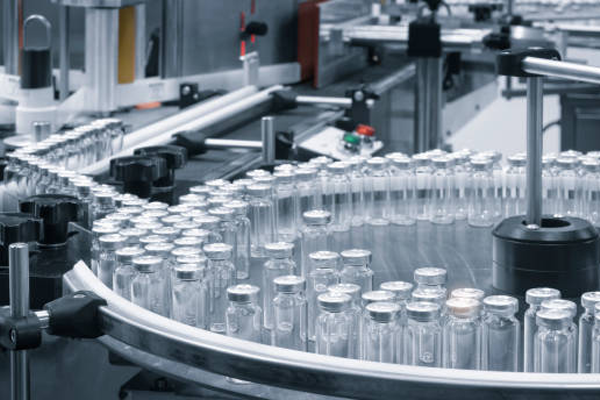When producing injectable vials—whether for pharmaceuticals, diagnostics, or biotech—the cleaning step is critical before filling. A vial washing machine is responsible for removing particulate contamination, residues, dust, or microbial load from vials (internally & externally) to ensure they are sterile and safe for downstream operations. FillPack Industries offers advanced solutions like rotary gripper type vial washers (120 VPM, 240 VPM) that deliver high throughput, consistency, and compliance with cGMP standards. FillPack Industries™ For demanding lines, they also offer linear tunnel type washers with multiple cleaning stages (recycled water, purified water, WFI) to ensure thorough decontamination. FillPack Industries™ With precision spray nozzles, variable cycles, quick changeovers, and robust stainless steel (SS316) construction, these machines help maintain sterile chain integrity and reduce rejects.

However, the value of a vial washer is realized when it is properly matched, maintained, and integrated. Choosing the right machine involves considering vial size range, throughput (vials per minute), cleaning regimen (number of stages, water quality), footprint, and automation compatibility. FillPack’s ability to custom-adjust spray pressures, cycle times, and nozzle patterns ensures every vial receives optimal cleaning without overexposure. The machines are also designed for ease of maintenance—quick access to nozzles, pumps, and piping—so cleaning validation, sterilization, and periodic servicing are simplified. With proper integration into the aseptic line, a well-engineered vial washing machine ensures high yields, minimal downtime, and reliable product quality.
FAQs on Vial Washing Machines
Why is a vial washing machine needed in injectable production?
Because vials must be free of dust, particles, residues, and microbial contaminants before filling. A vial washer ensures this highest purity standard for reliable downstream processes.
What throughput (vials per minute) do these machines support?
FillPack offers models such as 120 VPM and 240 VPM rotary gripper type machines.
What cleaning stages are typically involved?
Multiple stages: spray cleaning with recycled water, purified water, and WFI (Water for Injection). Tunnel or rotary machines may include internal + external wash, rinse, and air blow drying stages.
hat materials and construction standards are used?
Stainless steel (SS316) is commonly used for wetted parts, along with precision nozzles, hygienic pipelines, and cGMP compliance in finishes and design
What challenges should one watch for in vial washing operations?
Challenges include nozzle clogging, uniform spray distribution, validating cleaning cycles, maintaining water quality, changeovers between vial sizes, and wear of pump / spray systems.
How do I select the right vial washing machine for my facility?
Consider your required throughput, vial size range, number of cleaning stages, integration with upstream/downstream equipment, footprint constraints, and ease of validation and maintenance.







